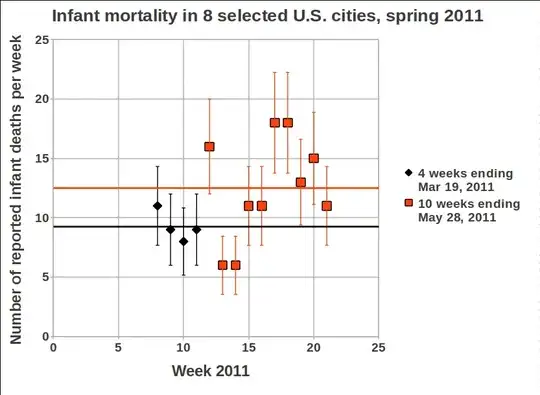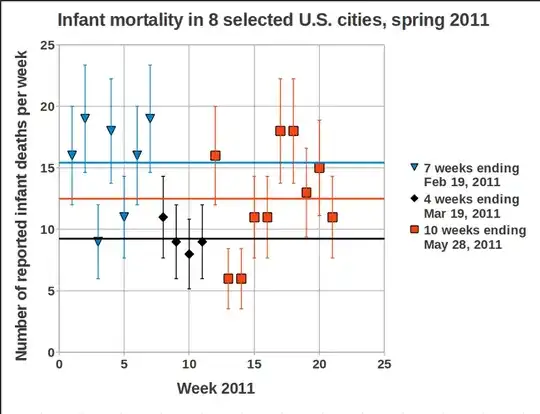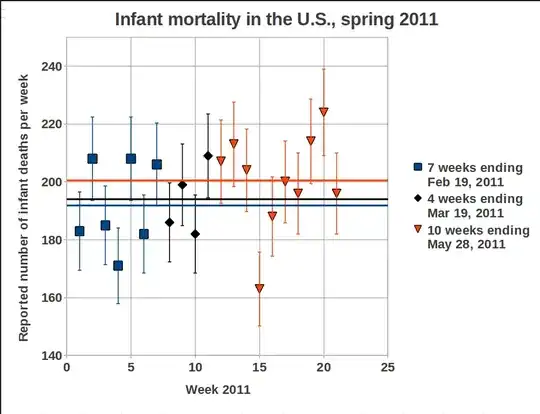Here we've got a claim that infant mortality in select US cities on the west coast has increased by 35% since the nuclear meltdown. This claim is based on two data points:
4 weeks ending March 19, 2011 - 37 deaths (avg. 9.25 per week)
10 weeks ending May 28, 2011 - 125 deaths (avg.12.50 per week)
Elsewhere, people are worried that an increase in infant mortality in British Columbia is the fault of Fukushima.
“There have been 21 sudden infant deaths in B.C. so far this year, while there were 16 sudden infant deaths for all of 2010″
Increases in infant mortality rates is now almost across the board in North America since the disaster and the STILL continuing nuclear crisis in Japan. But in Canada it is because of “unsafe sleep practices”? Are we really going to fall this nonsense?
Are these increases significant? Is there any evidence that they are the result of Fukushima?


